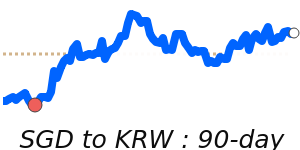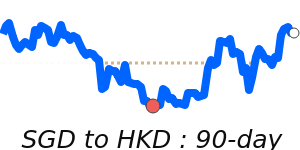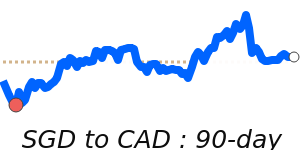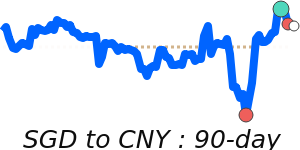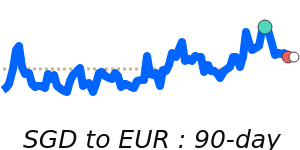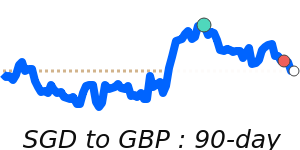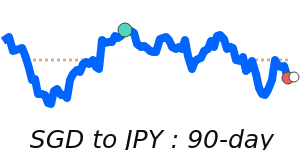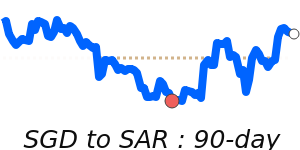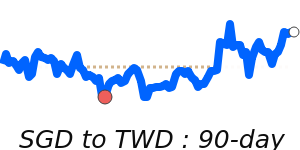The Singapore Dollar (SGD) has shown significant movements in the currency markets recently, influenced by a mix of monetary policy adjustments and economic indicators. Analysts have pointed out that the Monetary Authority of Singapore (MAS) shifted its policy in early January 2025, easing the nominal effective exchange rate band to encourage economic growth amid lower-than-expected core inflation levels. This decision was a response to ongoing global trade uncertainties and potential risks stemming from U.S. tariffs.
In terms of economic performance, Singapore's core inflation decelerated to 0.6% year-on-year in May 2025 from 2.8% a year prior, largely due to the strong SGD impacting import prices. Furthermore, GDP growth moderated in the latter part of the year, reflecting a resilient economy despite external challenges posed by U.S. trade policies.
Market activity has reflected these developments, with the SGD to USD exchange rate recently reaching 90-day highs near 0.7789. This level is 0.9% above its 3-month average of 0.7715, demonstrating stability within a range of 1.9% from 0.7644 to 0.7789. In contrast, the SGD to EUR has seen a 14-day high around 0.6615, just below its 3-month average, and has fluctuated in a 1.1% range. Meanwhile, the SGD to GBP stands at 0.5769, slightly below its 3-month average of 0.58, with consistent trading patterns noted.
The SGD to JPY has risen to 121.9, standing 2.7% above the 3-month average of 118.7, in a relatively stable range, reflecting a demand for the SGD amid broader uncertainties. Forecasters suggest that ongoing political stability, following the general election in May 2025 where the People's Action Party retained its majority, could further bolster investor confidence.
As these factors interplay, businesses and individuals engaged in international transactions should remain vigilant about the currency's performance. Keeping abreast of these trends can help optimize costs and mitigate risks associated with currency fluctuations.





